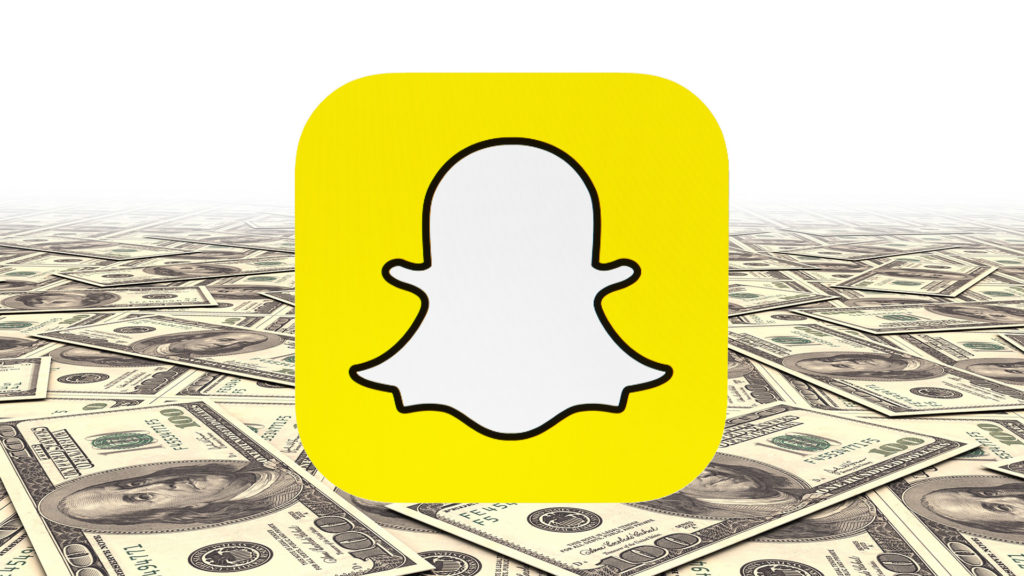While brands are champing at the bit to reach Snapchat’s 150 million daily users, a recent survey placed the ghost-iconed social platform dead last for producing investment return, a harsh reality that could be attributed to a lack of on-board analytic tools. With Instagram rolling out its “Stories” feature—a blatant, if not improved copy of Snapchat’s format, the original self-destructing message app is feeling the pressure to meet marketing demands.
In an attempt to avoid being “creepy,” the messaging app has thus far steered away from ads that are targeted more specifically than age, gender, location and other determining factors. Creepy or not, Snapchat is rolling out three new targeted ad options for marketers to play with, while attempting to protect the privacy of their users.
Snap Audience Match
Marketers can now take existing lists of email addresses and mobile device IDs and anonymously match that data with Snapchat’s own pool of consumer data to target desired demographics. In this process, Snapchat is taking steps to make sure it does not employ any personally identifiable data when executing these ad campaigns. Consumers will eventually be able to opt out of the Audience Match product, but until then will have to endure any unwanted ad attention.

Snapchat Lifestyle Categories
This targeted group is fairly obvious—if I’m a video game publisher, I want to target Snapchat users who watch video game stories. Likewise, brands can target users who tend to watch videos related to the product or service they’re selling.
Lookalikes
Lastly, Snapchat is helping advertisers target ads to consumers who share characteristics with the advertiser’s existing customer base. This should prove an easy entry point for first-time Snapchat marketers to see how Snapchat users act and compare to previous marketing campaign behavior. What does this mean for marketers? Although these targeting tactics are standard fare for many digital media outlets, it’s a new one for Snapchat.
App founder Evan Spiegel was famously quoted as saying that he doesn’t want advertising on the app to be “creepy” for consumers. In an interview at the Cannes Lions Festival, Spiegal criticized banners that follow people around the internet after they shop for products. Now that Snapchat updated its privacy policy to include tracking internet activity before and after leaving Snapchat, that view may be changing, but the company has a reputation for doing things a bit differently, so how it uses that data remains to be seen.

